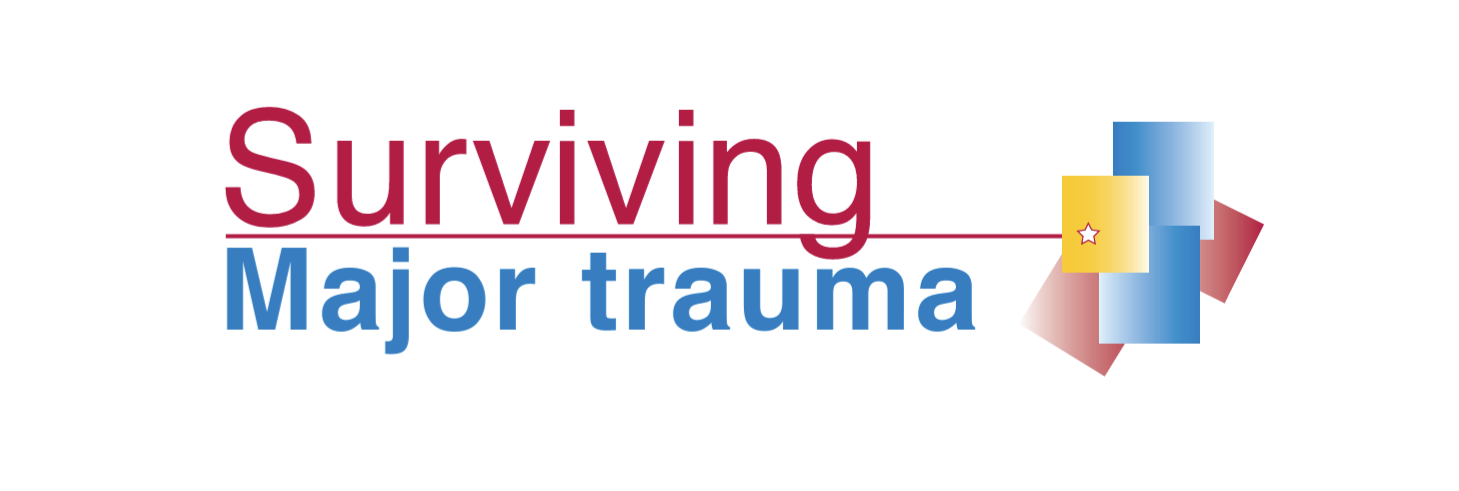| Introduction |
| a. | Trauma network management |
| b. | Trauma network office |
| c. | Trauma network co-ordination service |
| d. | Trauma network pathway |
| i. | 45 minute map |
| ii. | Patient pathway |
| e. | Prehospital care |
| f. | Major trauma centre |
| g. | Trauma units |
| i. | Rehabilitation |
| j. | Neighbouring networks |
| k. | Trauma contacts |
| l. | Trauma committees |
| m. | East of England trauma network governance structure |
| a. | Traumatic cardiac arrest |
| Introduction |
| i. | Management of traumatic cardiac arrest |
| ii. | Resuscitative thoracotomy |
| b. | Catastrophic haemorrhage |
| i. | Use of Celox™ /haemostatic |
| ii. | Use of Tourniquets |
| iii. | Use of tranexamic acid |
| iv. | Massive Blood loss protocol |
| v. | Use of recombinant FVIIa (rFVIIa) |
| c. | Airway compromise |
| i. | Surgical airway |
| f. | Circulation problems |
| ii. | Neurogenic shock |
| iv. | Massive facial trauma |
| g. | Disability |
| i. | Head injury |
| ii. | Spinal cord injury |
| h. | Environmental injury |
| iv. | Ballistic injuries |
| v. | Blast injuries |
| j. | End of life care and organ donation pathway |
| k. | Management of urological trauma |
| Introduction |
| a. | Pre-hospital care |
| b. | Acute care |
| Issues to consider |
| i | Trauma team roles |
| ii | Airway and anaesthesia |
| iii | Child maltreatment |
| c. | Emergency treatment guidelines |
| i | Paediatric massive blood transfusion |
| ii | C-spine immobilisation |
| iii | Needle cricothyroidotomy |
| iv | Use of Pneupac® babyPAC™ ventilator |
| v | Blunt thoracic trauma |
| vi | Penetrating thoracic trauma |
| vii | Suspected penetrating cardiac injury guideline |
| viii | Circulation |
| ix | Trauma (damage control laparotomy) |
| x | Traumatic brain injury (TBI) |
| xi | Abdominal trauma |
| xii | Pelvic injuries |
| xiii | End of life and organ donation |
| d. | Rehabilitation |
| Purpose of guidance |
| International Classification of Functioning, Disability and Health Framework (ICF) |
| a. | Goal setting |
| b. | Mental Capacity Act 2005 |
| c. | Traumatic brain injury (TBI) |
| Pathway |
| ii | Post traumatic seizures |
| iii | Autonomic storming (PAID) |
| iv | Disorders of consciousness (DOC) |
| v | Mood and cognition assessment |
| vi | Behavioural management guidelines |
| vii | Delirium after trauma |
| viii | Consequences of trauma (acute mental health) |
| ix | Consequences of trauma (PTSD) |
| d. | Spinal cord injury |
| Introduction |
| i | Pathway |
| ii | Autonomic dysreflexia (AD) |
| iii | Management of the neuropathic bladder |
| iv | Management of the neuropathic bowel |
| v | Skin care |
| e. | Pelvic injury |
| i | Pathway |
| ii | Pelvic and acetabular injuries |
| f. | Traumatic limb loss |
| Management guidance |
| i | Pathway |
| g. | Complex orthopaedic injury |
| h. | Tracheostomy care |
| i. | Burns injury |
| i | Pathway |
| ii | Burns rehabilitation guidance |
| j. | Spasticity management guidance |
| k. | Augmented nutrition |
| l. | Paediatric guidance |
 East of England Trauma Network homepage
East of England Trauma Network homepage



